Channa diplogramma (Malabar snakehead, 4 pcs)
Original price was: ₹550.₹399Current price is: ₹399.
Out of stock
Email when stock available
Description
This particular product can ship to all regions of kerala, karnataka and Tamil nadu . Customers outside these regions can order at their own risk .
Note: Average size – 3 to 5 inch
Channa diplogramma, commonly known as the “Giant Snakehead,” is a species of freshwater fish found in parts of Southeast Asia. It belongs to the family Channidae, which includes various snakehead fish species. Here are some key characteristics and information about Channa diplogramma:
- Appearance: Giant Snakeheads are large and elongated fish with a streamlined body. They have a distinct appearance with a dark brown to greenish coloration on their back and sides, often mottled or spotted. The lower parts of their body are typically lighter, sometimes with a white or yellowish hue. Their pectoral fins are dark with a prominent eye-like spot, and they have a large mouth with sharp teeth.
- Size: Channa diplogramma is known for its impressive size, with adults reaching lengths of up to 1.5 meters (4.9 feet) or more in some cases. They are one of the largest snakehead species.
- Habitat: These fish are native to freshwater habitats in Southeast Asia, including rivers, lakes, ponds, and swamps. They prefer slow-moving or stagnant waters with vegetation and cover.
- Behavior: Giant Snakeheads are carnivorous and voracious predators. They have a reputation for being aggressive and opportunistic feeders, preying on a variety of aquatic creatures, including fish, crustaceans, and even small mammals and birds. They are known to exhibit parental care, with the male guarding the nest and fry after spawning.
- Invasive Species: In some regions, particularly outside their native range, Channa diplogramma is considered an invasive species. The introduction of this aggressive predator into new ecosystems can disrupt local fish populations and negatively impact native species.
- Cultural Significance: In their native range, Giant Snakeheads are sometimes caught for food and are considered a popular sportfish. They are also known by various local names.
- Conservation: Due to overfishing, habitat loss, and potential ecological impacts as an invasive species, some populations of Channa diplogramma are declining. Conservation efforts and responsible management of their habitat are important for their long-term survival.
- Aquarium Trade: While Giant Snakeheads can be kept in large home aquariums, they are not suitable for beginner aquarists due to their size, aggressive nature, and specific care requirements. Hobbyists interested in keeping them should research their needs and consider their potential growth carefully.
It’s important to note that regulations and restrictions may apply to the possession and transport of Giant Snakeheads in different regions due to their invasive potential and ecological impact. Before acquiring or keeping these fish, it’s essential to be aware of local laws and regulations.
Only logged in customers who have purchased this product may leave a review.



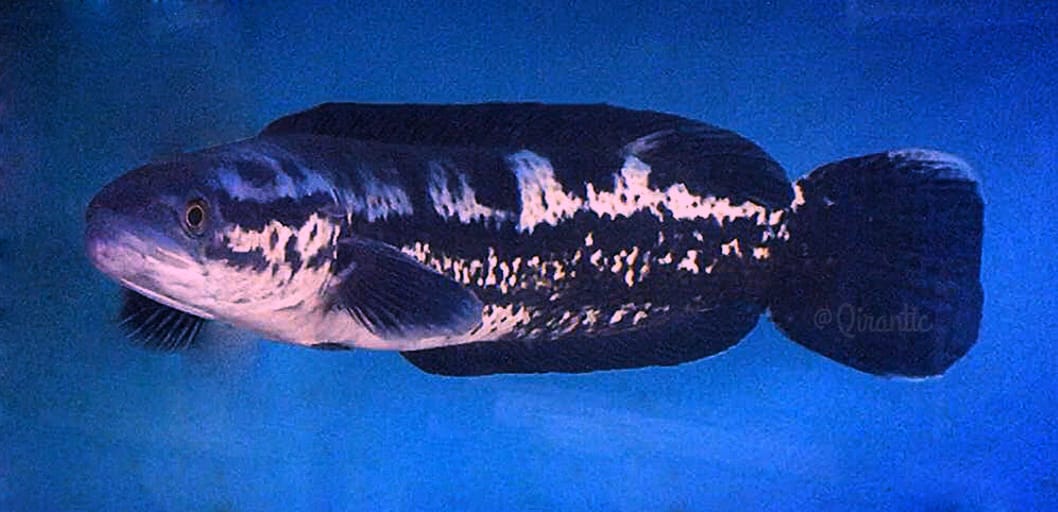
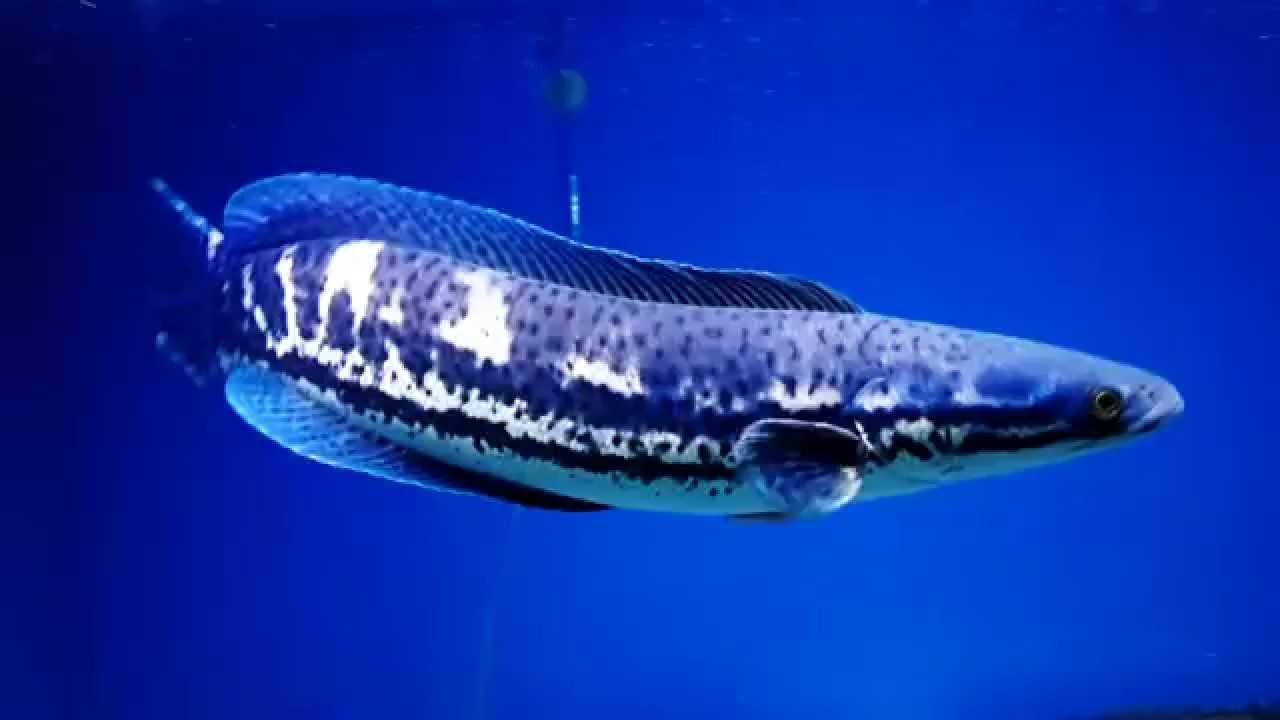
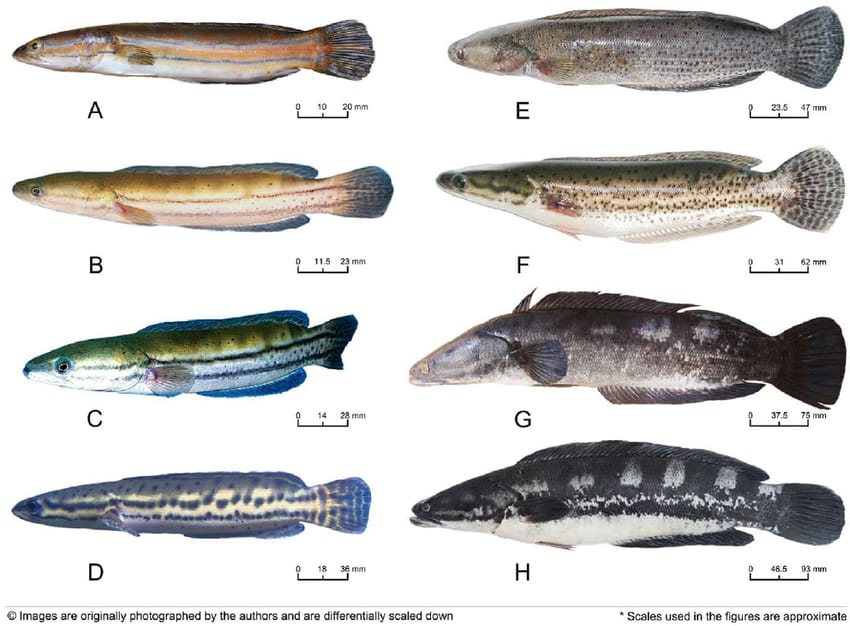

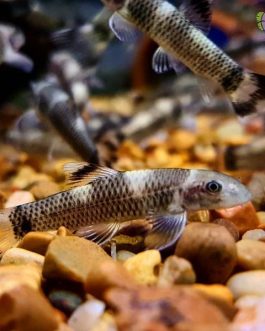
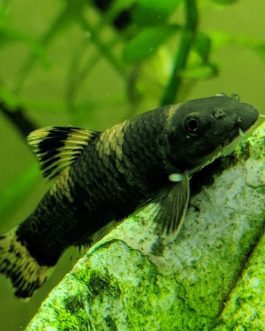
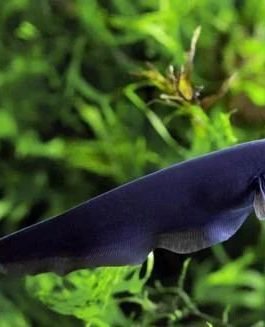

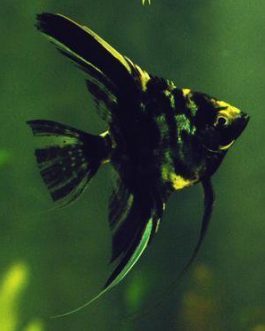
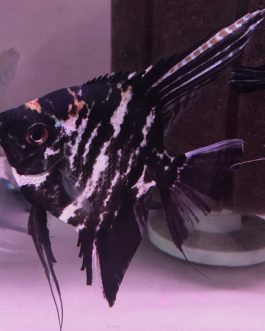
Reviews
There are no reviews yet.